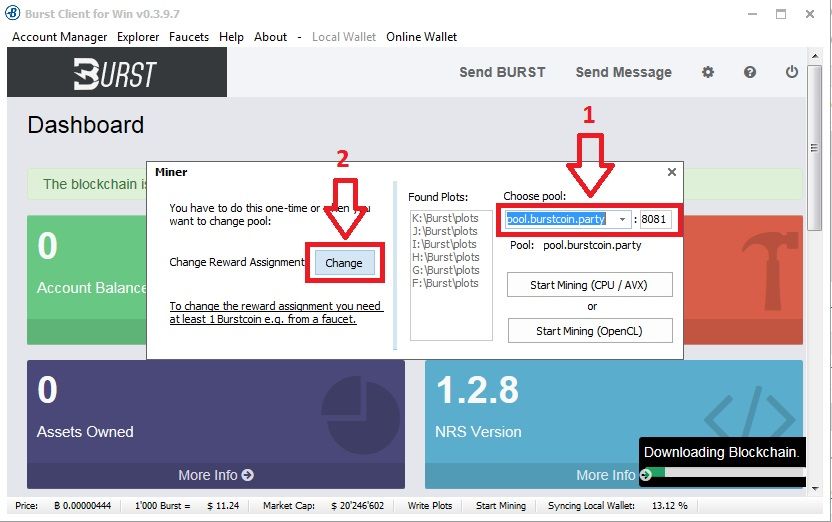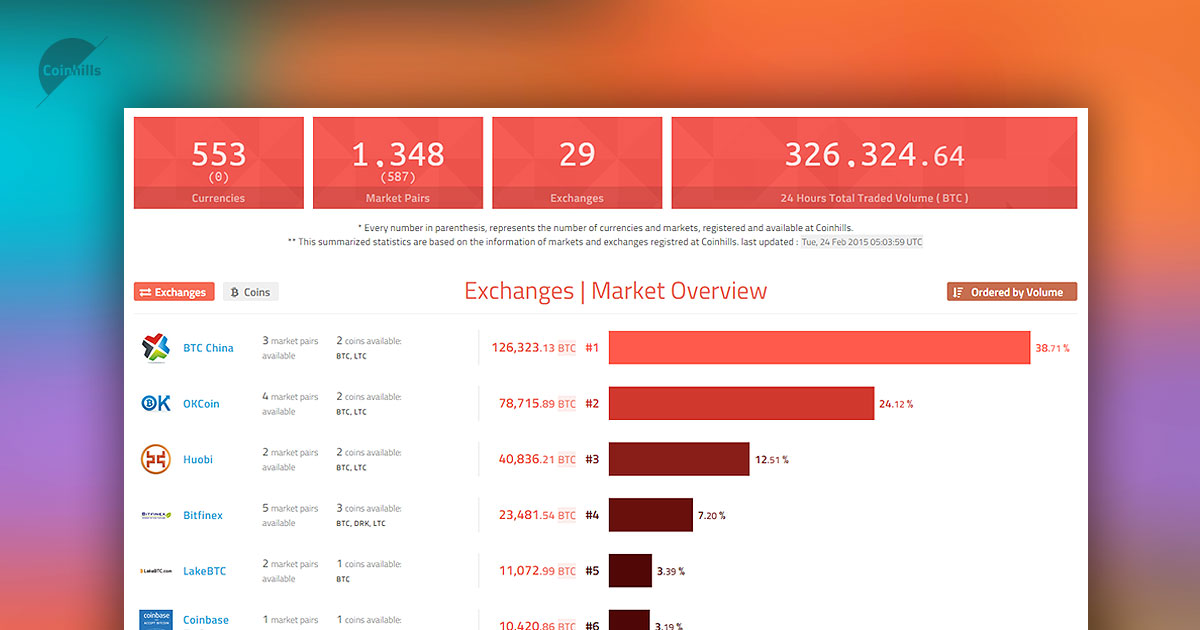
For those who do not feel comfortable holding their own keys, there are options available to delegate the hard part while still earning native block rewards. For example, Coinbase is a top exchange that offers an Ethereum staking program for users who do not want to run their own node. As mentioned before, a staking model will replace Ethereum’s existing mining process as part of this upgrade.

Join tens of thousands of members from around the globe for advice, support, and to talk all things staking. Check out the options below and go for the one that is best for you, and for the network.
Other crypto to stake with Ledger
If the validator tries to cheat the system in any way, their funds can be seized. The time it takes to unstake Ethereum can vary depending on the staking method used. If you have staked through a centralized exchange or staking-as-a-service provider, the time it takes to unstake will depend on their specific terms and conditions.
- It enables greater involvement because, unlike mining, additional nodes do not imply higher percent profits.
- This can be done directly from a wallet or on an exchange that supports staking.
- This transition to proof of stake (PoS) replaced cryptocurrency miners with staked Ethereum, resulting in a reduction of network energy consumption by at least 99.95%.
- Stakers are free to withdraw their rewards and/or principle deposit from their validator balance if they choose.
- The time it takes to unstake Ethereum can vary depending on the staking method used.
Examples of hot wallets include mobile wallets, desktop wallets, and web wallets. Moreover, it is a good idea to stake Etherem because it is easier to run a node if you stake it. It doesn’t necessitate significant investments in hardware or energy, and you can join staking pools if you don’t have enough ETH to stake.
Start staking ETH
If you want to get started staking right away, Kraken offers Ethereum staking without a waitlist. With Lido, Ledger users can participate in the network with any amount of ETH. For each Ether you stake with our partner Lido, you’ll receive an stETH token in exchange. You can exchange, send or sell these stETH, making Ethereum staking more liquid.

Generally, you can ‘unstake’ your ETH whenever you want – the proceeds will represent your initial investment plus any staking rewards accrued. If you hold ether in a self-custody wallet, you can connect that wallet to a decentralized application (dApp) and delegate your crypto to that dApp to stake your ETH on your behalf. One of the easiest ways to stake crypto is through a cryptocurrency exchange, like Coinbase, Kraken, Gemini, or Binance. You simply purchase ETH on their platform and they stake this crypto on your behalf. With Kiln staking, ETH rewards are sent to the staking smart contract. They can then be withdrawn from the same Ethereum address you are using to run your validator.
Some staking platforms allow users to run a node for their protocols. This is helpful for people who still want to stake via a node, but don’t have the 32 ETH that the Ethereum network requires. Once your ether is staked, you’re in the pool of possible candidates to validate the next block. The Ethereum blockchain network just recently switched its consensus layer from proof-of-work (PoW) to proof-of-stake (PoS) in an event dubbed The Merge to help its scalability issues. Native ETH rewards earned through Kiln native staking will be unlocked in a future Ethereum upgrade called “Shanghai” scheduled in 2023. Please note that these timelines are not commitments and are not in the control of Kiln.
When can I withdraw my staked ETH?More
However, there is a risk of losing staked funds if participants act maliciously or fail to follow the network’s rules. Digital currencies, also known as cryptocurrencies, are virtual or digital tokens that use cryptography to secure and verify transactions, as well as to control the creation of new units. These currencies operate independently of central banks or governments and are decentralized. Decentralized exchanges (DEXs) operate on a decentralized network and allow users to trade cryptocurrencies directly with one another. They are non-custodial, meaning that users can connect and transact with their own (decentralized) wallet.
Through the Ledger Live app, you can easily and securely delegate your ETH to a validator and start earning rewards, passively. One distinct feature of staking is that it allows cryptocurrency holders to earn passive income in the form of rewards for participating in network validation. Another advantage is that it uses significantly less energy compared to other consensus algorithms like Proof of Work. Physical wallets refer to the physical manifestation of cold wallets. They come in the form of a USB drive or other physical device that stores your private keys offline. Physical wallets offer the highest level of security because they are completely disconnected from the internet.
Some providers may allow for quick unstaking, while others may have a longer lock-up period before the funds can be withdrawn. Prior to the implementation of the Shanghai upgrade, stakers continued to earn rewards in the form of fees and MEV when proposing blocks. These rewards were immediately available via the set fee recipient address, allowing stakers to benefit from their participation in the network. It enables greater involvement because, unlike mining, additional nodes do not imply higher percent profits. Shard chains will allow Ethereum to construct many blocks at once, allowing transactions to be processed faster. In a proof-of-work system, sharding the network would reduce the amount of power required to compromise a piece of the network.
- Once a committee has been assigned to a block, one member at random is given the exclusive power to propose a new block of transactions.
- Staking cryptocurrency in this way secures the network from fraudulent transactions.
- As a result, anyone with a small number of coins can engage in staking and earn additional coins in proportion to their staked amount.
Some blockchains require their validators to ‘lock up’ their staked coins for a set duration before they can be withdrawn. Since Index Coop’s process involves an entire ecosystem of protocols, smart contract risk is high here. However, there are times when this yield is far greater than normal liquid staking pools APYs. You may be able to passively grow your ETH through Ledger Live via the services offered by our partner Kiln and Lido. To earn rewards by participating in the Ethereum network, simply use the Kiln or Lido DApp through Ledger Live. The percentage return on staked ETH depends on the total staked ETH in the network and the average percentage of validators who are online.
About ethereum.org
On a PoS blockchain, staking is the process of actively participating in transaction validation (similar to mining). Anyone with the minimum necessary cryptocurrency balance can validate transactions and earn staking rewards on these blockchains. Ethereum can be staked on cryptocurrency exchange platforms like Coinbase, Binance, Kraken, etc. For solo staking, the minimum deposit required is 32 ETH, which is the amount required to run a validator node on the Ethereum network.

However, stakers cannot withdraw staked coins or earned rewards for the time being — at least, not until Ethereum 2.0 and Ethereum 1.0 merge. You’ll get rewards for running software that properly batches transactions into new blocks and checks the work of other validators because that’s what keeps the chain running securely. Staking is the act of depositing 32 ETH to activate validator software.
Some exchanges and wallets have no minimum deposit requirement, while others may require a minimum deposit of as little as 0.1 ETH to 5 ETH worth of cryptocurrency. If you are running your own validator node, the reward distribution will depend on the amount of ETH you have staked and the number of validators on the network. It may take some time before you start receiving rewards, as it requires the validation of multiple blocks before the Ethereum network can issue a reward.
Any user with any amount of ETH can help secure the network and earn rewards in the process. Due to Coinbase’s cbETH fees, it yields lower than other options like rETH and sfrxETH. To further boost yield on top of leading liquid staking tokens, LSTFi protocols like OETH aggregate liquid staking yield from top sources. Unfortunately, you can’t stake Ethereum tokens on Coinbase right away. Due to the high demand to stake Ethereum, Coinbase created a waitlist that puts you in line to stake your Ether tokens. The wait time can vary, but the sooner you join the waitlist, the sooner you’ll be able to earn interest on your Ethereum tokens.
The more cryptocurrency you stake, the more influence you have over the blockchain; however, the more crypto you stake, the more you risk losing if you try to cheat the system. When you stake your Ether tokens, a computer program will validate transactions on your behalf accurately, so you don’t need to do anything else to earn interest once your tokens are staked. Since Coinbase runs the validator nodes, all you need to do is deposit any amount of Ether tokens to stake and the exchange will do the rest. Once you’ve staked your Ethereum tokens on the Eth 2.0 network, you can sit back, relax, and watch your cryptocurrency portfolio earn interest without doing anything. Staking rewards come from the block rewards earned by validators responsible for the security and integrity of the Ethereum network. Every time a validator successfully validates a block, they receive a block reward in the form of newly minted ETH.











